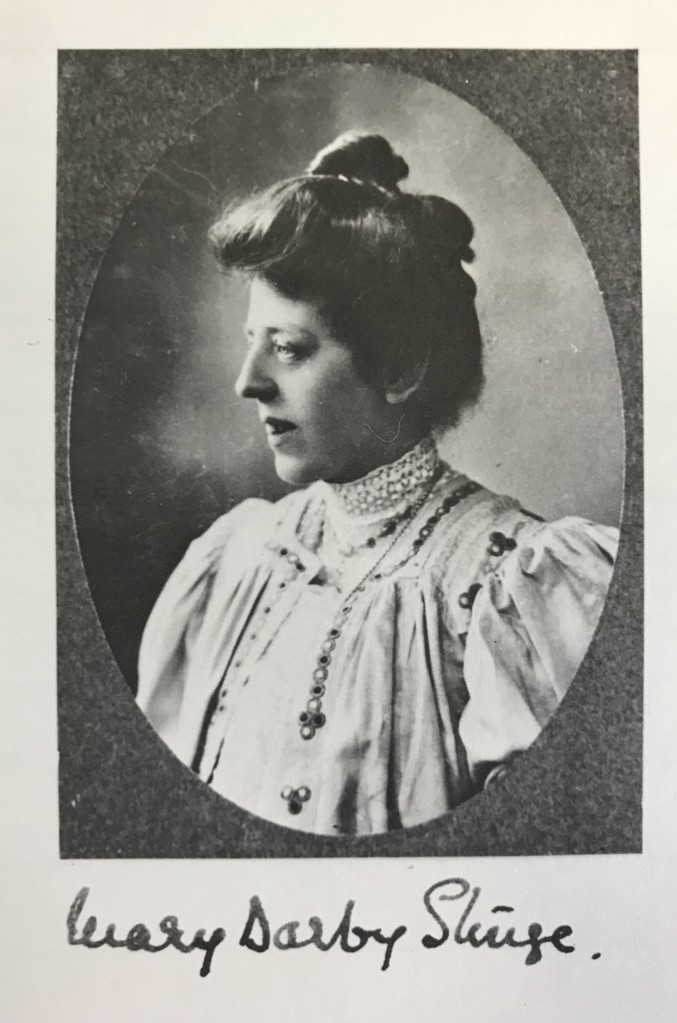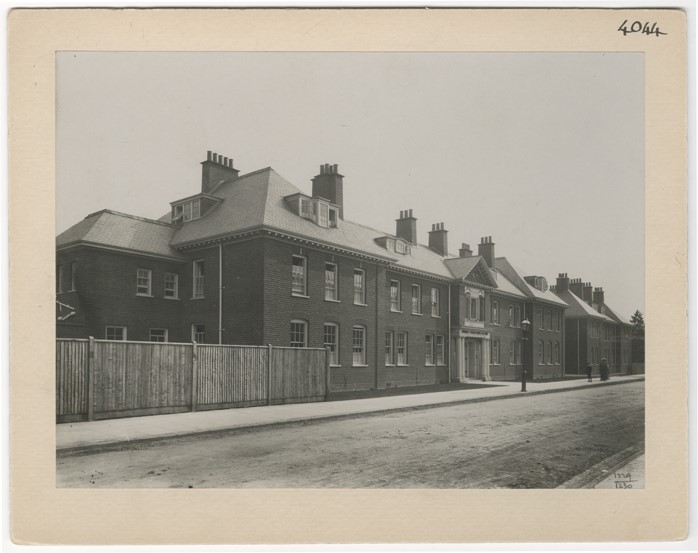Birmingham has a strong history of humanitarian and philanthropic citizens, some of whom are more well known than others. The Sturge family is well known, for instance, as being an influential Quaker family that moved to Birmingham in the early 19th century. Joseph Sturge was an English Quaker, abolitionist and activist; Charles Sturge was mayor of Birmingham.
The women of the Sturge family were equally as influential and active in the community. In celebration of Women’s History Month, the theme of which this year is Women Who Advocate for Equity, Diversity and Inclusion, I was intrigued to find out more about one particular member of the Sturge family, Dr. Mary Sturge.
Perhaps the more well known of the family was Sophia Sturge, an Abolitionist and founding member of the Female Anti-Slavery Society in 1825. Eliza Mary Sturge was a campaigner for women’s rights and was the first woman elected to the Birmingham School Board in 1873.
Perhaps not so well known is Dr. Mary Sturge, who became the second female doctor in Birmingham, having qualified in 1891. Born in Yardley in 1862 and educated at Edgbaston High School for Girls, she went on to study at Mason Science College, which became Birmingham University. She then went on to study medicine at London University, only eight years after they started accepting women students. Mary was the granddaughter of Charles Sturge, Mayor of Birmingham, and the niece of Eliza Sturge.
During her career, Mary worked at the Birmingham Women’s Hospital and two of her case books have survived from 1921, which detail the cases she treated, recording her as surgeon, a post she took up in 1905. The cases she treated ranged from general surgical cases, to cases relating specifically to women’s health, providing early evidence of women challenging the status quo of medical doctors always being male. [HC WH/3/3/13-14]
During her career, Mary was instrumental in establishing the John Taylor Memorial Home, was President of the Medical Women’s Federation, was well known for her co-authored work on alcoholism, titled Alcohol and the Human Body and Introduction on the Study of the Subject and a Contribution to National Health, along with being an active advocate of Temperance.
In 1922 on the death of George Cadbury, Mary wrote to his widow, Elizabeth Taylor Cadbury with this tribute which hints at her views on the importance of the medical profession,
‘During those fearful anxieties over Dorothea, he was splendid. Instead of fussing and paralysing us doctors with his questions, he said, day after day, ‘God’s will must be accepted, if it comes to the worst, and I can only trust the matter to Him and the doctors under His guidance’. If the world were managed on this system, what a Heaven on Earth it would be!’ [MS 466/153/1]
On her death in 1925, the Birmingham Gazette, Birmingham Post and Birmingham Dispatch ran tributes from,
‘…fellow doctors and social workers, patients and personal friends, to the splendid work and self-sacrificing life of the late Dr. Mary Sturge… “I have never met anyone so absolutely selfless as Dr. Mary Sturge”, said Dr. Molloy, speaking on behalf of the medical women of Birmingham‘. [Birmingham Biography Newspaper Cuttings Volume 12, page 42, 44. BCol 78]
The daughter of Wilson Sturge, Mary appears in the volume of the Society of Friends, Bull Street Birmingham, (the volume is affectionately known as ‘Friends I have known’ [MS 3949]). Perhaps the simplest but most succinct of tributes is recorded in the volume:
‘Mary Darby Sturge M.D. 1862 – 1925. Unmarried.
She was a much beloved doctor & keen Temperance reformer’.
Nicola Crews, Archivist


